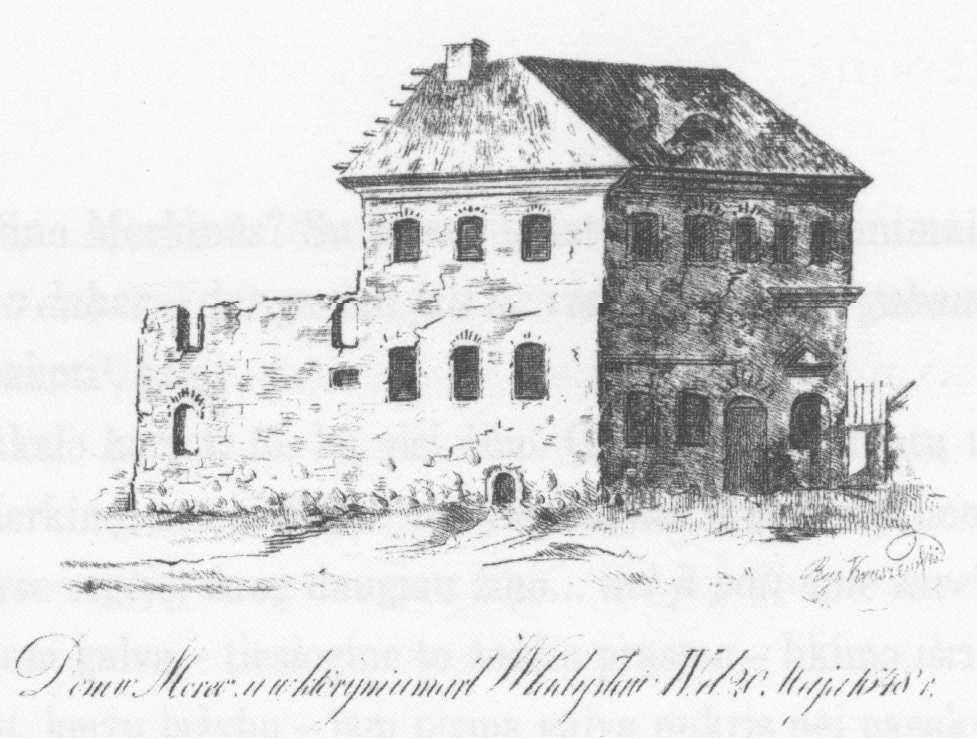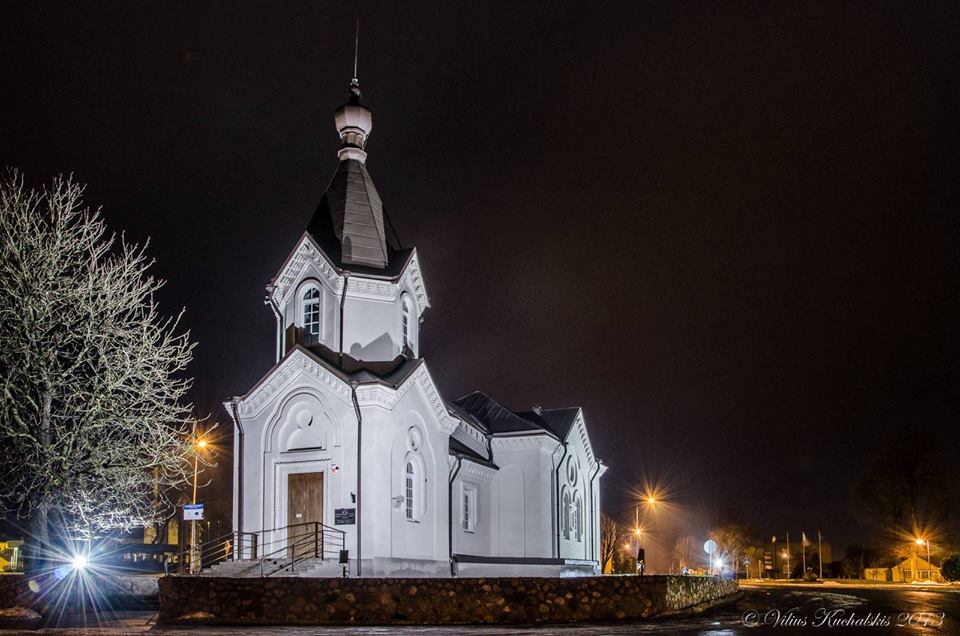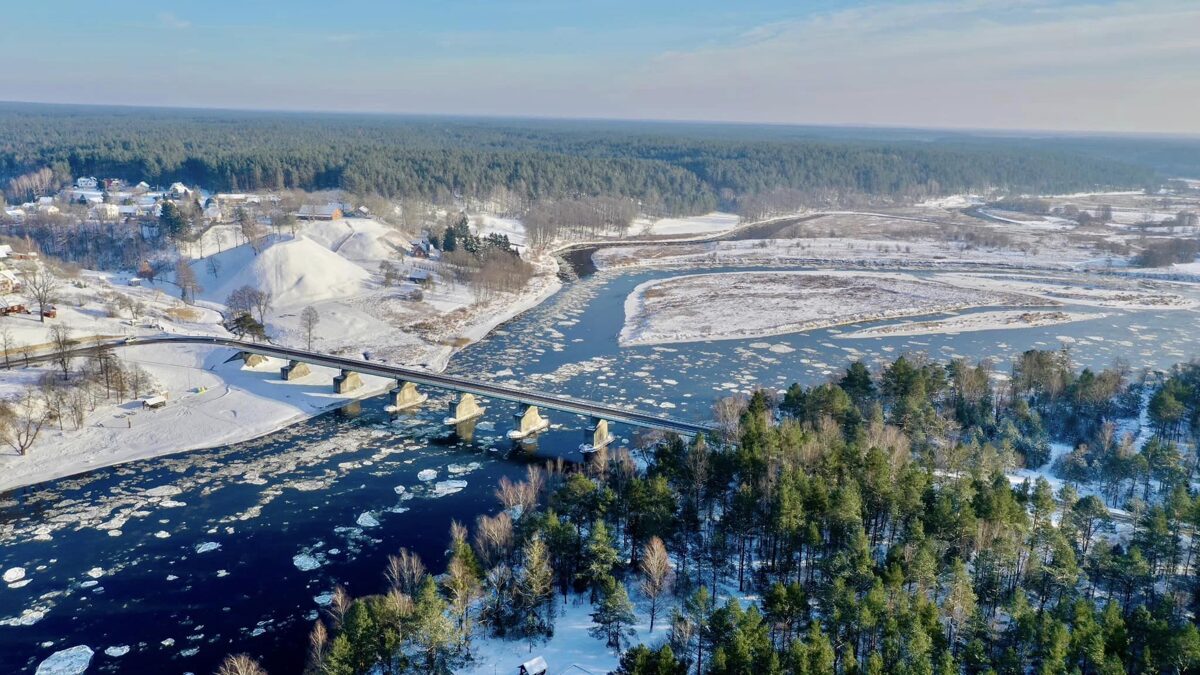Merkinė - the historical center of the region
14 thousand years ago, after the retreat of the glacier, some of the first people in the present-day territory of Lithuania began to visit the confluence of the amazingly beautiful Nemunas and Merkys rivers. Later, a cozy settlement arose here, and even later, a town called Merkinė today. You can probably count on the fingers of one hand how many Lithuanian cities or towns have such a long, rich history, marked by great events, as Merkinė has written with joy and blood over the course of centuries.
Merkinė
is one of the fastest growing new tourist centers in southern Lithuania.
Merkinė attracts visitors with its unique history, nature and gastronomic
experiences. Merkinė was once one of the four largest cities in the current
territory of Lithuania and suffered great losses during the decades of
occupation. The town was particularly affected by the bombings of World War II,
losing not only the old town, but also huge Jewish community. The town
is also famous for the fact that almost all the rulers of Lithuania and Poland
visited and rested here, and in 1648, the ruler of the Polish-Lithuanian
Commonwealth, Władysław Vasa, died here. In the central square of the town,
there is still a building associated with the place of the ruler's death, which
is called the House of Vasa. The medieval importance of Merkinė is
commemorated by the hillfort, which is located in one of the most
beautiful places in the region and is visited by many tourists. Nearby is the site
where the Merkinė royal manor once stood. Today, it is a particularly
popular place because there is a restaurant with a beautiful view of the
Merkinė area. In the old town of Merkinė, there is the oldest surviving
church in southern Lithuania, the construction of which dates back to the
16th century. It has an exceptionally rich interior, some of the holy paintings
date back to around 1600. In the museum located in the central square of
Merkinė, in its basement you can find the remains of the Merkinė Town Hall,
built in the 16th century. The town hall was demolished in 1887 as part of the
Russian Empire's Russification program. On the outskirts of the town, there are
still surviving town boundary pillars dating back to the 16th century. These
are unique land management facilities, marking the times when Merkinė had
Magdeburg city rights. One of these pillars, which was renovated at the end of
the 18th century, was dedicated to commemorate the anniversary of the May 3
Constitution in Lithuania and Poland. In memory of the Jewish community of
Merkinė, the building of the Merkinė Jewish School has survived to this
day. The old Jewish cemetery in Merkinė is impressive, being the third
largest surviving Jewish cemetery in all of Lithuania. The 20th century
occupations are commemorated by a memorial dedicated to Lithuanian partisans.
The occupiers buried the bodies of murdered Lithuanian freedom fighters at this
site. Now there are dozens of crosses and a chapel at this site.
Merkinė fascinates not only with the depth of its history, but also with the beauty of its pure nature and the uniqueness of its landscape. At the confluence of four rivers (Nemunas, Merkys, Strauja and Stangė), picturesque valleys lie, islands surrounded by the Nemunas flow attract the eye, and forests rustle before the eyes. This is a sight that, like a calling card of this region, is etched in the memory of every traveler who has climbed the Merkinė hillfort at least once and gazed at the vastness that has opened up.
The town falls within the territory of the Dzūkija National Park. In total, the national park has 36 rivers and streams, hundreds of springs, differing in their origin, characteristics and histories. Impressive creations of nature: continental dune massifs, unique sources of Skroblaus (Boba's Garden), Ūla Eye Spring, Ūla Cliffs and Nemunas River Gorges. Dzūkija National Park has a special biodiversity. Boundless forest areas, meadows and floodplain meadows, raised bogs and lowlands, cold-water rivers and springs are a refuge for many plant and animal species.
Unicorn - coat of arms of the city of Merkinė since 1569

The building in Merkinė where the ruler of the Polish-Lithuanian Commonwealth, Wladyslaw Waza, died

A 16th-century city boundary pillar near the town. KPC archive



